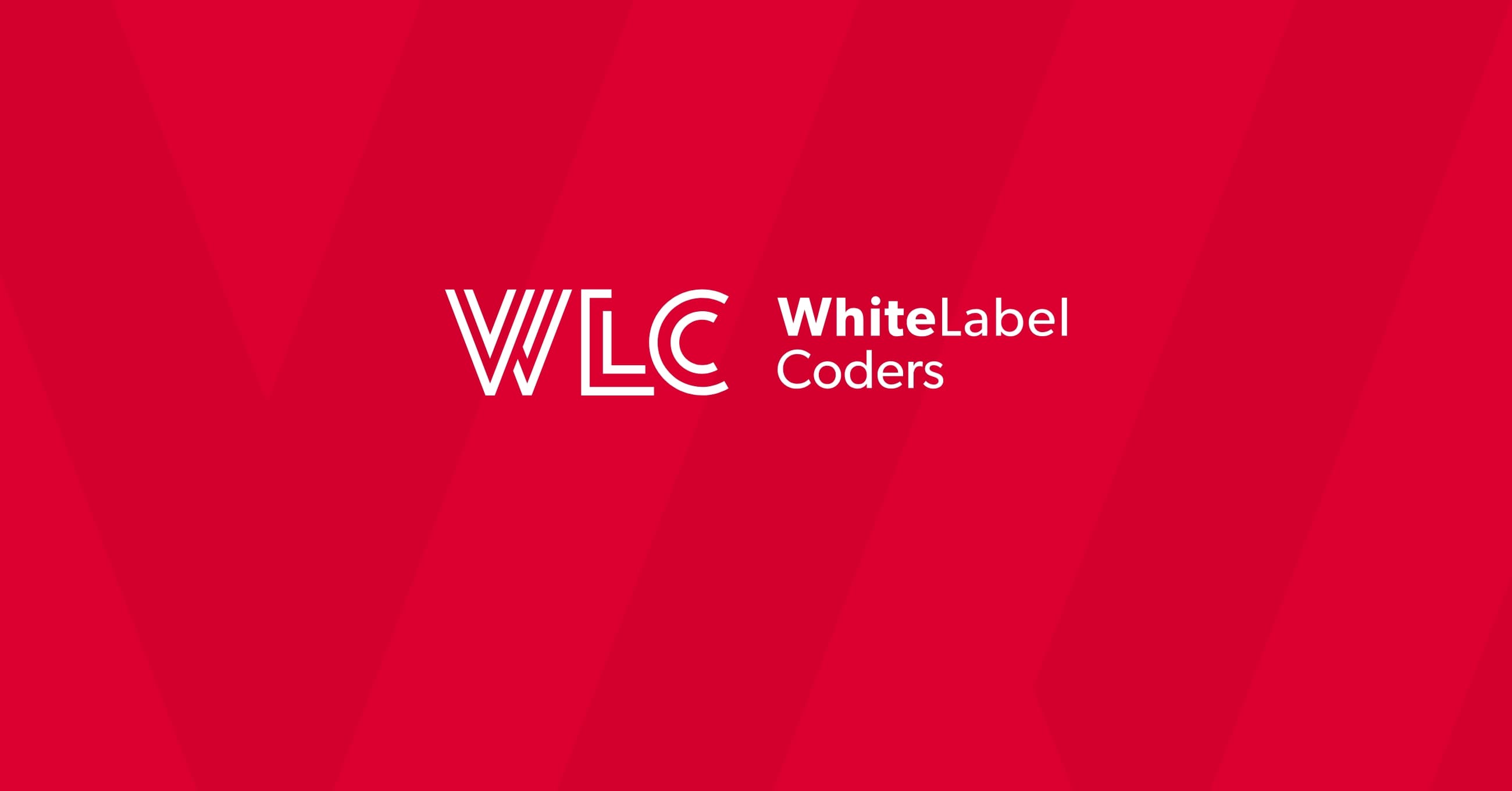Category: SEO AI
Can you upload your own HTML to WordPress?

Understanding WordPress and custom HTML integration
WordPress began as a blogging platform but has evolved into a powerful content management system that powers over 40% of all websites. At its core, WordPress uses PHP, HTML, CSS, and JavaScript to render web pages. While the platform offers user-friendly visual editors, it also provides access to the underlying code structure for custom development.
Many website owners seek to incorporate custom HTML into WordPress for various reasons:
- Adding specific functionality not available in plugins
- Implementing unique design elements
- Integrating third-party scripts and tools
- Migrating an existing HTML website to WordPress
WordPress accommodates this need through its dual nature—offering both visual editing interfaces and code-level access. This flexibility makes WordPress ideal for WordPress custom development projects of all sizes and complexities.
Can you upload your own HTML to WordPress?
Yes, WordPress allows you to upload and integrate your own HTML code in multiple ways. The platform is designed to be flexible, enabling everything from simple HTML snippets in individual posts to complete custom theme development using HTML templates.
WordPress supports HTML integration through:
- HTML blocks and code editors within the content area
- Theme file customization
- Custom template creation
- Plugin functionality that extends HTML capabilities
- Child themes for safer customization
Whether you need to add a simple HTML widget or convert an entire static HTML template into a WordPress theme, the platform provides the necessary tools and access points to accomplish your goals.
What are the different methods for adding custom HTML to WordPress?
WordPress offers several approaches for integrating custom HTML, each with different complexity levels and use cases:
- Custom HTML Block (Gutenberg Editor) – For adding HTML snippets to specific content areas within posts and pages
- Code Editor – Switch from visual to code view for direct HTML editing
- Theme File Modification – Edit theme PHP files to add HTML in specific template locations
- Custom Templates – Create specialized page templates incorporating custom HTML
- Plugins – Use plugins like “Insert Headers and Footers” or “Custom HTML Widget” to add code to specific areas
- Child Themes – Create a child theme to safely add custom HTML while preserving update capability
- Custom Shortcodes – Develop custom shortcodes that output HTML when placed in content
For more complex requirements, a custom WordPress website development approach may be necessary, which involves deeper integration of custom HTML within WordPress’s architecture.
How do you add HTML code to a WordPress page or post?
Adding HTML code to WordPress content is straightforward once you know the proper tools. Here’s how to do it in both modern and classic WordPress editors:
In the Block Editor (Gutenberg):
- Edit your page or post
- Click the “+” icon to add a new block
- Search for and select “Custom HTML” block
- Enter your HTML code in the block
- Use the “Preview” option to see how your HTML renders
- Save or update your content
In the Classic Editor:
- Open your page or post
- Switch from the “Visual” tab to the “Text” tab
- Enter your HTML code directly in the editor
- Switch back to “Visual” to check the appearance (optional)
- Update or publish your content
For more advanced needs, you might use the “Code Editor” option (three vertical dots menu in Gutenberg) to edit the entire content’s HTML structure. Following the WordPress development workflow best practices will ensure your code integrates seamlessly with the platform.
What is the best way to upload a complete HTML template to WordPress?
Converting a full HTML template into a WordPress theme requires more technical expertise but offers the greatest customization potential. Here are the primary methods:
1. Manual Theme Conversion
- Create essential WordPress theme files (style.css, index.php, functions.php)
- Split your HTML template into appropriate template parts
- Implement WordPress template tags and loops
- Create template files for different content types (single.php, page.php, archive.php)
- Integrate the WordPress menu system, widgets, and other functionality
2. Using Theme Frameworks
- Build upon frameworks like Underscores (_s), Genesis, or Sage
- Adapt your HTML to work within the framework structure
- Leverage built-in WordPress functions and hooks
3. HTML to WordPress Conversion Services
- Professional developers can convert your HTML template into a fully functional WordPress theme
- Ensures best practices and optimal integration with WordPress core functionality
- Provides ongoing support and maintenance
For complex projects, professional WordPress custom development services offer the most reliable solution, ensuring your HTML template is properly integrated with WordPress’s ecosystem.
Are there any limitations when adding custom HTML to WordPress?
While WordPress is flexible, there are several important considerations when integrating custom HTML:
Security Considerations: Improperly implemented HTML can create vulnerabilities, especially when including javascript or form elements. WordPress sanitizes inputs by default, which may affect certain HTML structures. For a comprehensive approach to protection, consider reading our guide on WordPress security for beginners.
Theme Compatibility: Custom HTML may break when you change themes or when your current theme updates. Code that works perfectly today might require modifications after updates.
Responsive Design Challenges: Your custom HTML needs to work well on all devices. Many older HTML templates aren’t mobile-friendly and require significant modifications.
Maintenance Complexity: Custom code requires ongoing maintenance. WordPress and theme updates may conflict with your custom HTML, requiring regular testing and adjustments.
Performance Impact: Poorly optimized custom HTML can slow down your website, affecting user experience and search engine rankings.
These limitations highlight why many businesses ultimately prefer professional WordPress development services for complex custom implementations.
What are the best practices for working with custom HTML in WordPress?
To ensure your custom HTML implementation is successful and maintainable, follow these professional recommendations:
- Use Child Themes – Always implement substantial HTML customizations via a child theme to prevent changes from being overwritten during theme updates
- Maintain Documentation – Keep detailed records of your custom HTML implementations, including what they do and where they’re located
- Create Backups – Always back up your site before implementing custom HTML changes
- Validate Your HTML – Use HTML validators to ensure your code is error-free and compliant with standards
- Test Thoroughly – Check your customizations across different devices, browsers, and screen sizes. Implementing website testing best practices before deployment can save you from potential issues later
- Consider Future Updates – Implement code in ways that minimize conflicts with WordPress core and theme updates
- Use WordPress Hooks – Leverage WordPress’s action and filter hooks rather than directly editing core files
- Minify for Production – Optimize your HTML, CSS, and JavaScript for performance once development is complete
For complex projects, consulting with WordPress development specialists ensures your custom HTML implementation follows industry best practices and maintains compatibility with the WordPress ecosystem.
Key takeaways for implementing custom HTML in WordPress
WordPress offers remarkable flexibility for implementing custom HTML, whether you’re adding small code snippets or converting entire templates. Here are the essential points to remember:
- WordPress provides multiple methods for HTML integration, from simple blocks to theme development
- Choose the appropriate method based on your technical skills and specific needs
- Consider security, compatibility, and maintenance requirements when adding custom HTML
- Follow best practices like using child themes and maintaining backups
- Test thoroughly across devices and browsers to ensure proper functioning
- For complex implementations, consider professional WordPress development services
By approaching custom HTML implementation methodically, you can enhance your WordPress site with unique features and designs while maintaining the platform’s core benefits of flexibility, SEO-friendliness, and content management capabilities.
For complex or mission-critical websites requiring extensive custom HTML integration, partnering with experienced WordPress developers ensures a professional implementation that balances customization with maintainability and performance. When working with outside partners, knowing how to work with an outsourcing company can make the development process much smoother.

